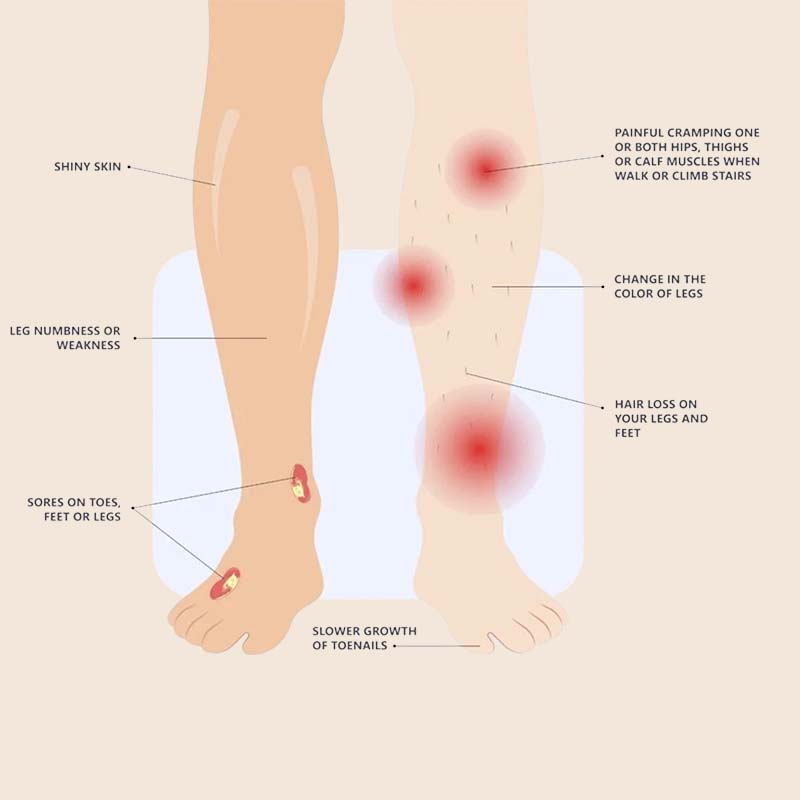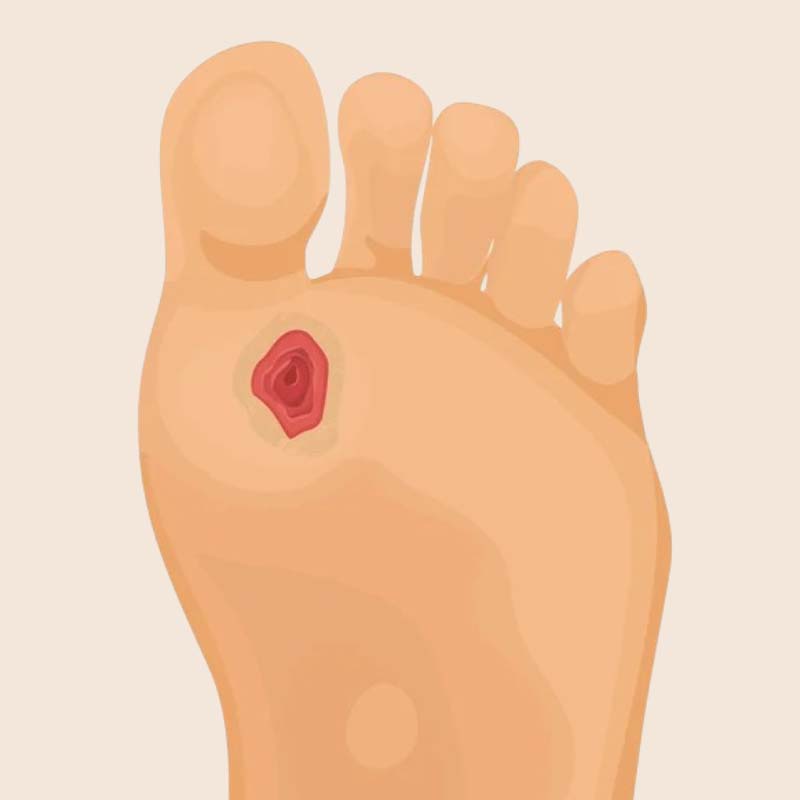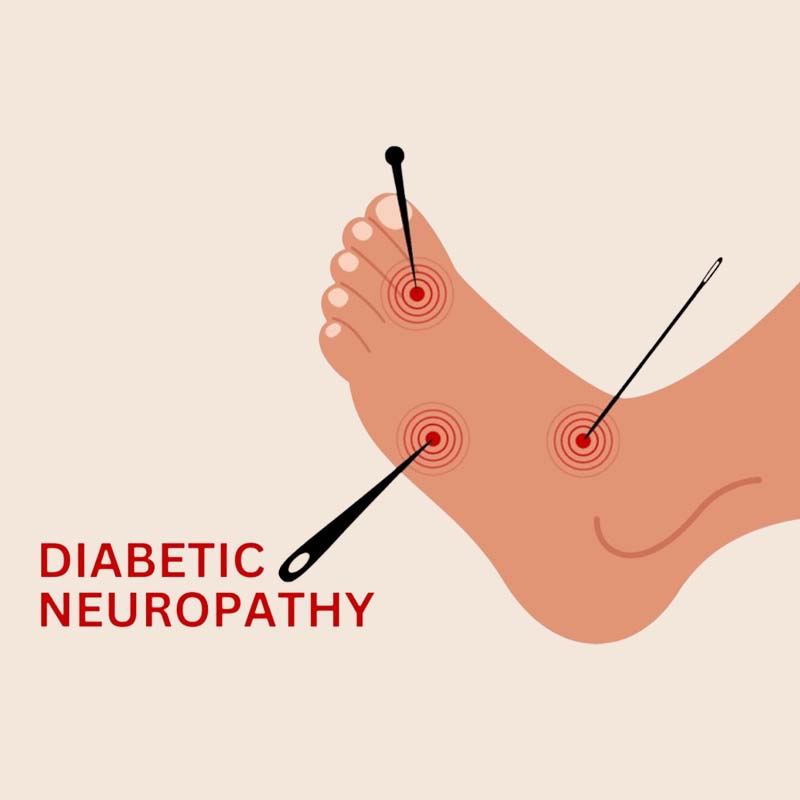
Diabetic Foot Ulcers
Diabetic Foot Ulcers
Prevention & Care
People with diabetes can sometimes develop foot ulcers—small or large wounds that heal slowly and may become infected. These often occur due to reduced sensation in the feet (from nerve damage) and lower blood flow, which makes healing tougher.
Signs to watch for:
-
A cut, blister, or sore that won’t heal.
-
Redness, swelling, warmth, or drainage.
-
May feel painless because of nerve damage.
Why early treatment matters:
Untreated wounds can lead to serious infections—sometimes even requiring surgery.
What to do now:
-
Check your feet daily for any cuts, blisters, or changes.
-
Keep your feet and toes clean and dry, and trim nails safely.
-
Wear comfortable, supportive shoes, and never walk barefoot.
-
Tell us promptly—your podiatry team—if you notice any issues.
At Podiatree Clinic, we specialize in expert wound care, infection treatment, and pressure-relieving footwear to help your feet heal safely and stay healthy.



